ISO 22000 Certification: The Ultimate Guide to Food Safety Management Systems
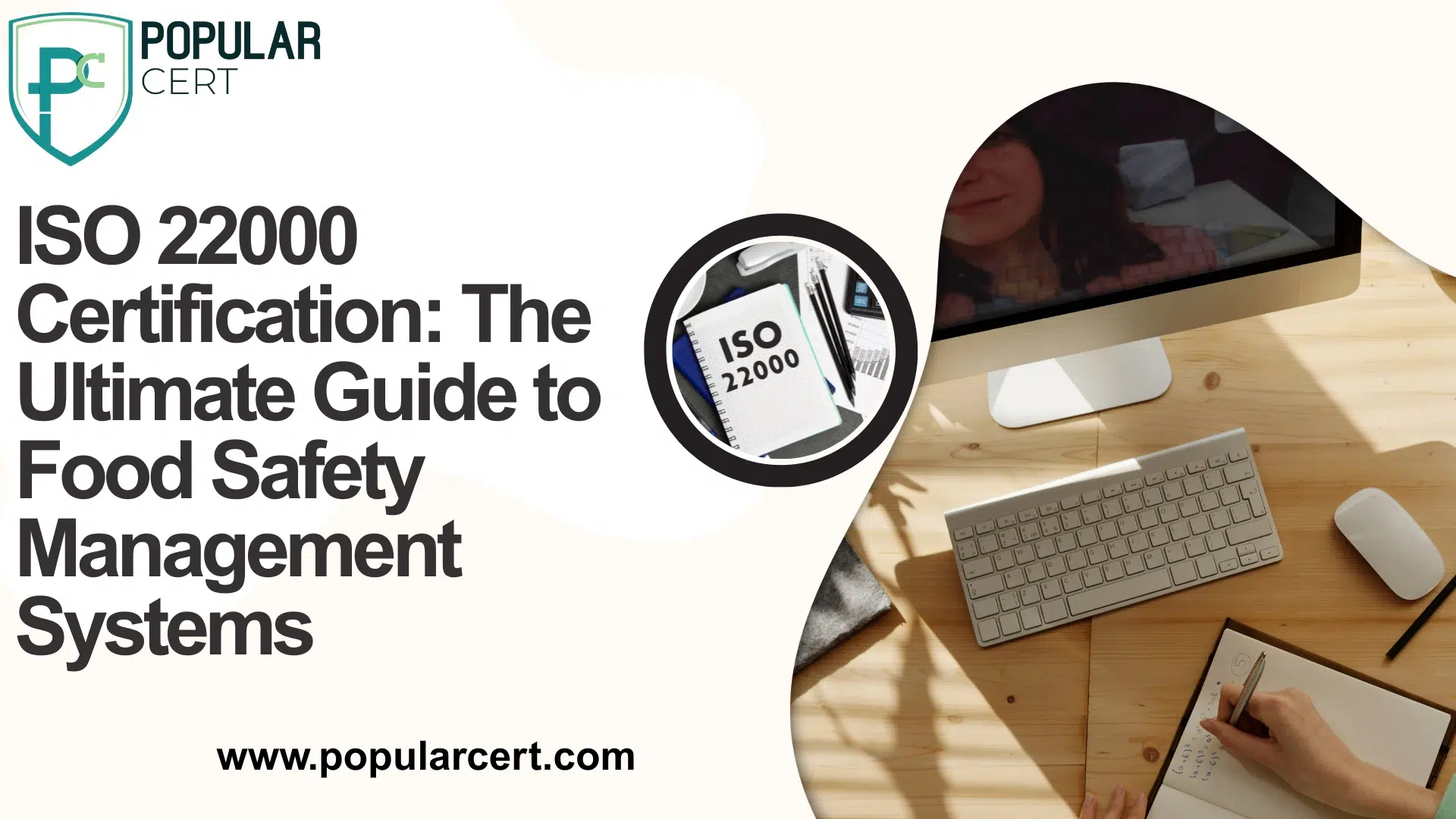
In the context of today’s interconnected food supply chains, having uniform food safety protocols is crucial. For businesses operating in the food sector, the risks of contamination, foodborne illnesses, and heightened regulatory scrutiny have made adopting recognized systems a necessity. This is where ISO 22000 certification in Saudi Arabia comes in handy.
In this guide, we will examine the advantages of ISO 22000, its requirements, the steps for implementation, and how Popularcert assists in certification so your organization can do so with confidence.
What Is ISO 22000?
An FSMS (Food Safety Management System) is certified by ISO 22000, an international standard created by the International Organization for Standardization (ISO). It incorporates HACCP (Hazard Analysis and Critical Control Points) principles along with a management system framework, which covers all categories of food businesses.
ISO 22000 assists organizations in the international standard from “farm to fork” in identifying, controlling, and preventing food safety hazards. ISO 22000 is applicable for food processors, packagers, distributors, and ingredient suppliers to align their operations to global food safety requirements.
Why ISO 22000 Matters in Today’s Food Industry
Safeguarding food products is important for both public health and business. Businesses need to protect themselves from potential recalls, legal action, or damage to their reputation using ISO 22000.
- Strengthens consumer trust through consistent quality.
- Ensures compliance with international food safety laws and import/export requirements.
- Mitigates contamination risks by enforcing rigorous preventive controls.
- Improves supply chain transparency, traceability, and accountability.
- Enables global market access, especially in food exports.
Key Benefits of ISO 22000 Certification
Implementing ISO 22000 Certification provides businesses with a well-defined schema to ensure food safety and foster constant enhancement.
- Reduced risk of foodborne hazards and contamination.
- Enhanced brand image and stakeholder confidence.
- Standardization of processes across departments and facilities.
- Streamlined documentation and audit readiness.
- Integration with other ISO standards like ISO 9001 and ISO 14001.
- Greater operational efficiency and supply chain management.
Compliance with food safety standards can be complicated and daunting. Popularcert helps make the process easy without sacrificing efficiency.
ISO 22000 Structure and Core Elements
Types Of Certification
- ISO Certification
- ISO 9001 Certification
- ISO 14001 Certification
- ISO 45001 Certification
- ISO 22000 Certification
- ISO 27001 Certification
- ISO 17025 Certification
- ISO 13485 Certification
- ISO 20000-1 Certification
- ISO 22301 Certification
- ISO 50001 Certification
- ISO 37001 Certification
- IATF 16949 Certification
- ISO 29001 Certification
- ISO 31000 Certification
- ISO 20121 Certification
- ISO 10002 Certification
- ISO 41001 Certification
Get Free Consultation
Our Clients


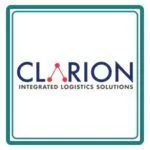
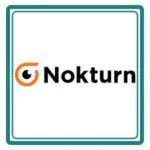


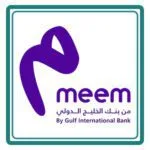
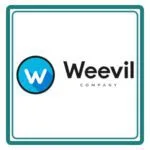




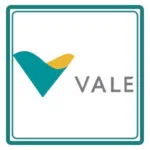



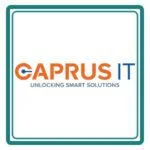

High-Level Structure (HLS)
ISO 22000 utilizes the Annex SL High-Level Structure which streamlines the last parts of all ISO management system standards. This benefits the integration of ISO 22000 with ISO 9001 (quality management) or ISO 14001 (environmental management) and the others.
The Role of HACCP and the PDCA Cycle
With ISO 22000, food safety becomes an integrated system as HACCP principles are combined with the Plan-Do-Check-Act (PDCA) cycle.
Key Clauses and Requirements
Some major clauses of ISO 22000 include:
- Context of the Organization - Understanding external and internal factors relevant to food safety.
- Leadership - Top management engagement and food safety policy development.
- Planning - Thinking concerning risks and objectives relating to food safety.
- Support - Provision of resources, training, infrastructure, effective communication, and information systems.
- Operation - Control of hazards, implementation of PRPs (Prerequisite Programs), and traceability.
- Performance Evaluation - In the management audit, monitoring, and internal audit functions.
- Improvement - Action taken to improve and processes to enhance repeatedly.
Step-by-Step Process to Get ISO 22000 Certified
Step 1: Perform a Gap Analysis
Evaluating your current systems with the ISO 22000 standards is a necessary first step before implementation. This allows for organizational gaps to be diagnosed, and necessary corrective actions to be taken.
With years of experience, Popularcert expertly conducts gap analysis services to determine organizational readiness, and devise a tailored roadmap towards compliance.
Step 2: Design and Implement the FSMS
Based on the gaps determined, now configure your Food Safety Management System. This consists of:
- Documenting defined procedures and processes.
- Identifying and controlling hazards with the HACCP approach.
- Employee training.
- Establishing critical control and traceability systems.
With ISO-aligned templates, policies, and coaching, Popularcert ensures that organizations have the required resources for smooth implementation.
Step 3: Conduct an Internal Audit and Management Review
After system implementation, an internal audit is performed to assess the effectiveness of the system. This is followed by a management review, to enable the system performance evaluation, and ongoing enhancement by leadership.
Step 4: Audit for Certification by a Recognized Body
A certification body will conduct a third-party audit in two stages:
Stage 1: Initial assessment and document review.
Stage 2: System implementation verification on-site audit.
With the aid of training, mock audits, and corrective action support, Popularcert equips the team to effectively undergo the audit.
Step 5: Obtain Your ISO 22000 Certificate
Following a successful audit, certificates will be issued. Annual surveillance audits will be conducted to measure compliance.
ISO 22000 vs FSSC 22000 vs HACCP: What’s the Difference?
Understanding the distinctions between these standards can help you choose the right one:
Standard | Key Feature | Best For |
ISO 22000 | General FSMS framework with HACCP integration | All food-related businesses |
FSSC 22000 | GFSI-recognized, builds on ISO 22000 + sector PRPs | Exporters and global food suppliers |
HACCP | Focused solely on hazard analysis and control | Smaller operations or regulatory compliance |
Popularcert helps businesses assess their needs and choose the most suitable certification for their goals.
Common Challenges in Implementing ISO 22000 (and How to Overcome Them)
1.Food Safety Culture is Proactive Safety Mindset
Solution: Proactive Safety Mindset incorporates leadership awareness, tailored to vision, mission, and proactive culture.
2. Insufficient Documentation
Solution: Obtain customized document kits tailored to your business model for ISO 22000 from Popularcert.
3. Complex Supply Chains
Solution: Popularcert provides end-to-end visibility with tools for supplier risk assessment and traceability systems.
4. Lack of Defined Roles and Responsibilities
Solution: Popularcert aids the users in defining responsibilities and dependencies, and incorporates them into the FSMS.
Why Choose Popularcert for ISO 22000 Certification Support?
Being a global ISO consulting partner, Popularcert is trusted for their food systems expertise. This is how they smoothen the ISO 22000 journey:
- Tailored Implementation Guidance—Gap analysis through to complete FSMS development.
- ISO 22000 Documentation Toolkits—Includes templates, manuals, SOPs, and forms.
- Audit Preparation and Mock Audits—Readiness through hands-on training.
- Post-Certification Support—Ongoing compliance and surveillance audit support.
- Global Footprint—Across food manufacturing, catering, packaging, and logistics.
No matter the size of the food business you operate—be it small-scale or a leading exporter, Popularcert is here for you, assisting your every step towards becoming ISO 22000 certified with utmost confidence and impeccable efficiency.
Ready to Improve Your Food Safety Management?
Your food business can undergo a transformation with the ISO 22000 certification as it improves the overall quality and safety of food, thus increasing the trust in your operations.
Contact Popularcert today to implement an unmatched world-class Food Safety Management System at your organization which will not only comply with the international standards, but exceed your customer’s expectations.
Reach out to us to schedule your free consultation or to learn more about ISO 22000 services.
GET A FREE CONSULTATION NOW
FAQs
Who is eligible for applying for ISO 22000 certification?
Any company participating in any activity within the food chain, including raw material producers and food transporters, is eligible.
What is the time frame for certification?
With Popularcert’s assistance, streamlining is possible. However, the time frame and certification is dependent on the organizational size and its preparedness.
Is compliance with ISO 22000 required?
In most countries, it is not a legal requirement, but tends to be a compliance requirement from buyers, partners, and regulatory bodies.
Is it possible to integrate ISO 22000 with other ISO standards?
Certainly, it can be integrated as it is designed to seamlessly incorporate ISO 9001, ISO 14001 and ISO 45001.
What changes were made in ISO 22000:2018 from ISO 22000:2005?
The 2018 version adopts a risk-based approach, incorporates clearer clauses, and aligns other ISO frameworks for better integration.
